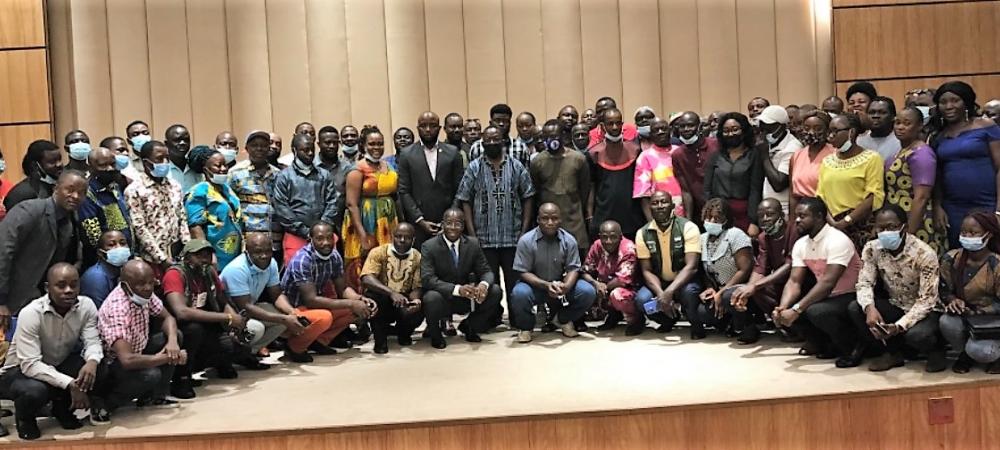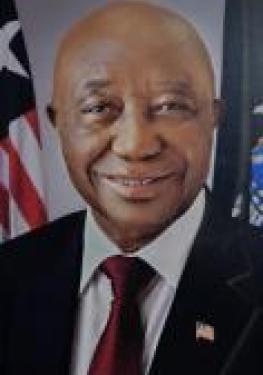
Environmental inspectors and representatives of line government ministries, agencies and commissions are undergoing a technical training on how to monitor environmental impacts of high voltage transmission systems in the country.
The environmental and social impacts of High Voltage Transmission Systems (HVTS) are common and range from displacement of local people affecting their livelihood, electromagnetic radiation leading to serious health complications, migration of birds as well as change in agricultural yield thus posing various other health and safety risks depending on existing land use pattern of the project area.
During the installation of High-Tension Lines (HTLs), loss of forest cover and destruction of wide life habitat are common in certain areas.
According to a release, the installation of HTLs also has the potential for environmental impact on water, soil, and air qualities.
Although impacts to some of these environmental matrices may be minimum and delocalized, the net cumulative impact is often significant and spans across a large area of land.
In an effort to mitigate the environmental impacts of HVTS, the Environmental Protection Agency (EPA) with support from the Africa Development Bank (AfDB) on Tuesday, 12 October 2021 commenced a three-day technical training aimed at improving the capacity of 160 environmental inspectors, young scientists and interns to effectively monitor the impacts of HVTS on water, soil, and air qualities along HTLs.
Speaking at the start of the training, which is taking place at the Ministerial Complex in Congo Town, EPA Executive Director, Prof. Wilson K. Tarpeh lauded the African Development Bank for providing funding, which is being used to enhance the capacity of inspectors and other scientists across the country.
He also lauded representatives from the Ministry of Justice, Fire Service, Liberia Drug Enforcement Agency (LDEA) and environmental inspectors stationed across the country for accepting invites to benefit from the training.
Prof. Tarpeh promised to continuously enhance the capacity of environmental technicians and scientists at the EPA, who according to him are among the best in the country.
He appreciated his deputy, Randall M. Dobayou for working with him to put the Agency on par with other EPA in the sub-region.
“The EPA was kept under the radii. Many persons didn’t know what the EPA is. But, we are doing our best in executing the Agency’s mandates” Prof. Tarpeh said.
Also speaking at the program, Jeremiah G. Sokan, National Coordinator of the National Climate Change Secretarial aid the training will offer hands-on training in the use of portable water, air, and soil quality equipment to conduct in situ analysis of these environmental matrices.
Mr. Sokan disclosed that at the end of the training, beneficiaries will be awarded certificates and EPA badges will also be awarded to environmental inspectors.
He explained that EPA will distribute the materials procured to the staff in all EPA offices both in the Monrovia and the fifteen counties.
“It is expected that these materials will be used by inspectors of the Agency in applying their newly acquired skills to monitor HVTS and other related projects,” Sokan said.
The EPA is the arm of the Liberian Government charged with the mandate of ensuring the protection, conservation, monitoring and sustainable use of the environment and its natural resources.
The Agency ensures the enforcement of environmental regulations, standards, and guidelines in collaboration with relevant institutions as required by the Environmental Protection and Management Law (EPML) of the Republic of Liberia.
The Environmental and Social Impact Assessments (ESIA) of projects are conducted by Evaluators or Firms accredited by the Agency but the Agency retains the right to verify submissions and periodically monitor said projects.
However, the Agency has a wide range of constraints that limits its ability to effectively monitor projects across the county.



